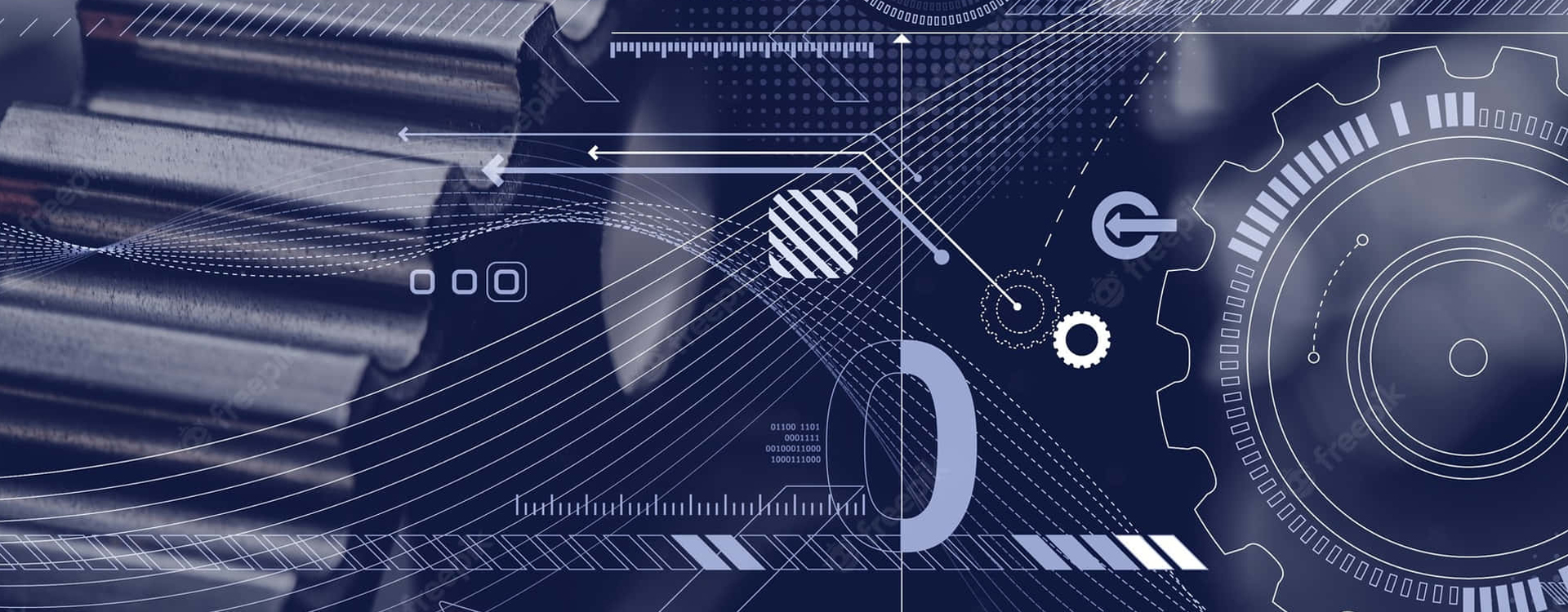Seminar Details
Seminar Title:
Adaptive control of filler wire speed in Wire Arc Additive Manufacturing (WAAM) of ER70S-6 deposits
Seminar Type:
Departmental Seminar
Department:
Mechanical Engineering
Speaker Name:
Prof. S.K. Sahoo
Speaker Type:
Faculty
Venue:
ME 101 [HOD Room]
Date and Time:
24 Jun 2024 04:15 PM
Contact:
Prof. Saurav Datta , Mechanical Engineering Department Phone: 0661 - 246 2524, E-mail: sdatta@nitrkl.ac.in
Abstract:
Gas metal arc welding (GMAW) integrated wire arc additive manufacturing (WAAM) system depict issues like non-uniform layer, spatter, thermal distortions, metal overflow, and mechanical anisotropy. The prime cause for these issues is improper thermal energy management due to the current controlled wire feeding mechanism. To eliminate these issues, an autonomous wire feed system (AWFS) has been designed and integrated into the existing GMAW-WAAM system. It fine-tunes the wire feed speed (WFS) and maintains a steady arc current flow. Initially, twenty single beads of ER70S-6 are deposited under different conditions of welding voltage (U), travel speed (TS), and WFS. Later on, response surface methodology (RSM)-based optimiser has been selected to decide the best parametric combination (U=21.7 V, TS= 8.6%, and WFS= 2.7 m/min), and a thin-layered part has been manufactured under this setting. Fine-tuning the wire feed with AWFS, minimised the protudation chances of feedstock wire during the deposition process and ensured adequate feedstock melting with negligible spatter formation. Effective control over arc current, provides uniform thermal energy management during the deposition process, leading to minimal molten metal overflow and minimised the surface waviness in the thin-layered part. It also facilitates a consistency in the microstructures along different sections of the fabricated part. Integrating AWFS with GMAW-WAAM further imparts compressive residual stress in the part and boosts mechanical performances (anisotropy<5%). Moreover, the bulk texture analysis has been performed to elucidate the fiber texture evolutions along different section of the deposit.



